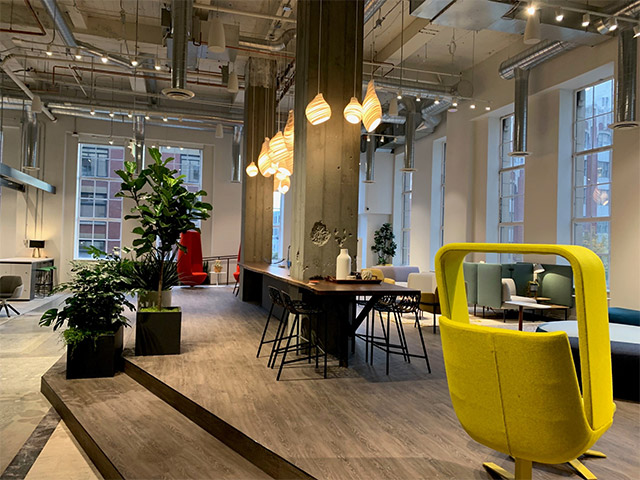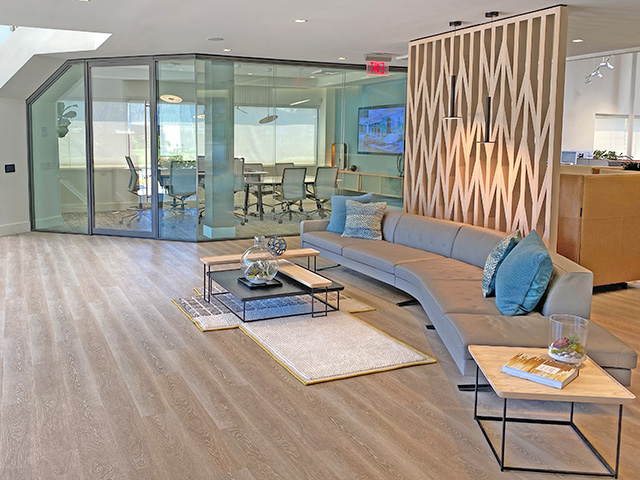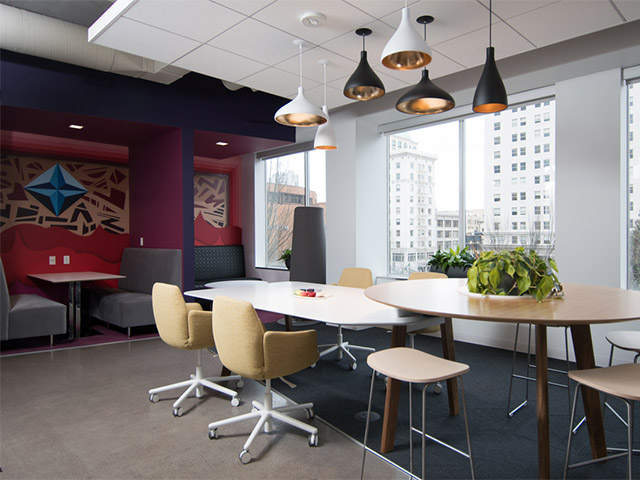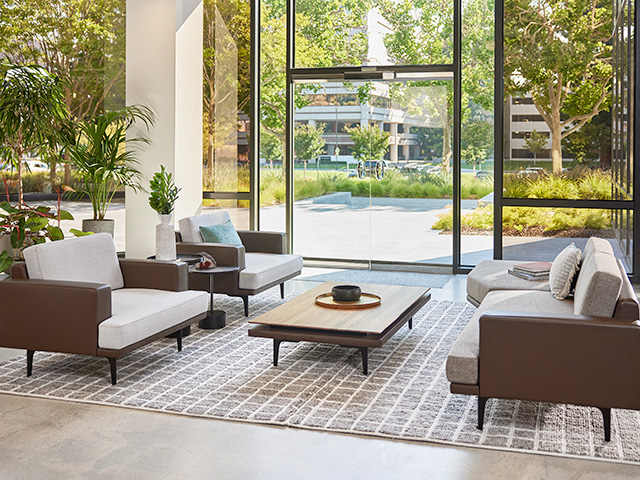
The Value of Focus Work
By Michael Fisher, Workspace Strategist
Whether at work or home, we all understand the importance of focus work. Or, perhaps, we can better relate to the impact distractions impose on the amount of work we get done. Why is it essential we talk about this? The first obvious answer is that when we lose focus, we lose productivity. This has a negative association with both the person doing the work and the efficiency of work performed on the company’s behalf. Therefore, no one goes unscathed. But why else is focus work so important? A loss of focus can indicate stress, workload, working in a space that does not support heads-down work, cultural norms, or distracting working conditions to name a few. Furthermore, because of the great resignation, employers measure things like Wellness, Inclusion, Neurodiversity, and Burnout to take better care of their employees and gain higher retention rates. Consequently, creating a space or an ecosystem of spaces and behaviors where work can be performed at employees’ peak potential becomes crucial.
According to “The Next 250K”, a Leesman study, “only 57% of workers said that their workplace enables them to work productively.” And with the yet-to-be-defined hybrid work model most companies are still trying to figure out, it is ever more essential to ensure employees have the correct means to do their best work. The question then becomes, how do companies protect their most valuable asset, their people, from being pulled away from their work at the office and in their homes, or a third place? Since people lose focus for many reasons, we first need to understand some of the common focus offenders to address the more significant issues at hand.
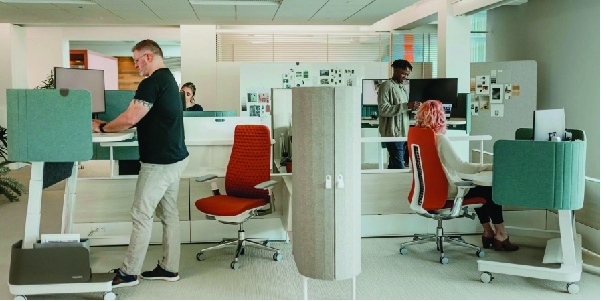
Insufficient Workspace
Space directly impacts either driving or plummeting the success of organizational culture and how they need to work. Ensuring the workspace has the appropriate ratio of individual to collaborative areas that support the specific cultural needs of an organization, or department will go a long way to enhance focus work.
A department like accounting, for instance, will require less open collaborative spaces than would a marketing team. We classify accounting departments as a “Control” Culture, based on the Competing Values Framework born out of extensive research and partnerships of Haworth. What that means in this context is the space of a Control Culture should provide some areas for planned collaboration (possibly more enclosed meeting spaces rather than open spaces).
In contrast, much of the space provides elevated visual and audio privacy for heads-down work. This could mean higher panels, private offices, acoustical products to keep noise at a minimum, and sub architectural products to break up space and create neighborhoods. Now try to imagine an accounting team’s difficulty working in the marketing department, where space is usually more open with a lot of activity to meet higher collaboration needs.
Some companies have gone so far as to designate quiet areas within their floorplate explicitly designed for focus work. Wärtsilä, a global leader in innovative technologies and lifecycle solutions for marine and energy markets, has divided full open office floors on their 500 employee campus in Helsinki into two zones by activity: one for collaboration and discussion, and the other for more focus and distraction-free work.
Taking it a step further, others are adding signage to indicate how the user is expected to behave when walking into the space and setting boundaries around what type of work activities are not conducive to the area. Space then becomes the catalyst to support the demands of today’s knowledge workers by providing the right environment to keep them working efficiently.

Cultural Norms
Setting appropriate cultural norms can also lead to higher success rates when encouraging behaviors that allow workers to remain on task. A common complaint from employees around productivity is being interrupted by colleagues regularly. Not out of malice, instead because they need to share or receive information from one another for an unrelated work task. Nevertheless, these interruptions pull people off task, and they lose their rhythm of focus to complete their objective. One solution is to introduce social cues that help designate when workers need to focus. Adopting a headphones or air buds policy can help address a few things; 1) signify the user is busy and does not want to be interrupted, but 2) also provide the opportunity for the user to listen to music or white noise as a means of mitigating any nearby audio distractions and increase concentration. Another great practice is to provide mobile products such as whiteboard easels or screens that roll in and out of a workspace to identify a more private work area, signaling the person would appreciate not being disturbed.
Earbuds and work tools aren’t the only ways to set cultural norms; leadership behaviors must also be aligned—the expectations of how people are allowed to work need to be supported from the top down. Consider embracing a truly hybrid workforce that permits the autonomy for workers to choose where they would work best for the activity at hand. Some will choose to go home or to a third place like a café or a park to focus. Keep in mind that other hybrid workers will also choose to get away from the stressors or distractions at home and need to come into the office for focus work. Providing reservable enclosed work areas has been a trending solution to yield privacy while in the room or booth and serves as a means for others to eliminate the distraction they may cause to team members if they need to hop on a call or virtual meeting.
When you think of focus work, you may not always jump to the efforts around Inclusion, where companies create an environment where differences are welcome. Neurodiversity is a viewpoint that differences are normal, and people who are neurodiverse experience the world in different ways. For instance, someone with ADHD will have a more challenging time concentrating on heads-down work in an open office environment with little audio or visual privacy. Does that mean all people with ADHD need to work in isolation? Of course not; collaboration plays a part in nearly all job roles; however, if there were a small, enclosed touchdown space nearby, the user now has the choice and flexibility to move to that location when focus work is required. The bottom line is that allowing people to find spaces that support their activity or task must feel like a recommendation from the organization instead of a decision they could be penalized. Haworth, a global leading workplace manufacturer, states, “the best person to decide what’s needed for focus work to be successful is the person performing the work.”
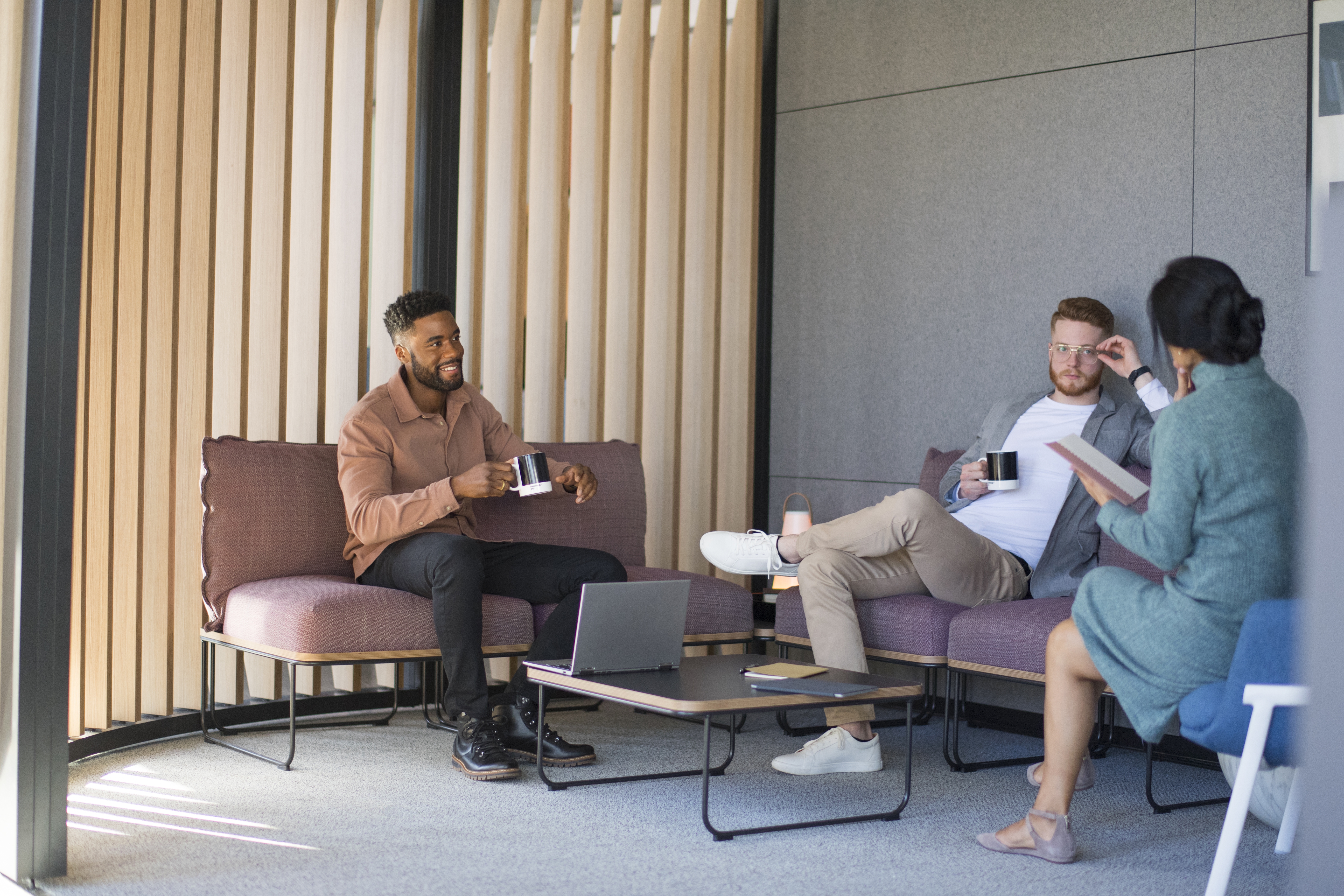
Wrapping it Up
It’s not hard to argue that designing a workspace to support focus work becomes a key driver to improve retention, engagement, and productivity. And with the increasing emphasis on wellness, we must also look to inclusive practices and support work that extends to an ecosystem outside of that workspace. As we provide choice, flexibility, and behaviors that enrich employees’ performance, we begin to strip away the stressors and bad practices underpinning burnout, exclusion, and loss of engagement. The focus on focus can be a daunting task; if you are interested in learning more, we are here to help you create a space and organization where your people can thrive.
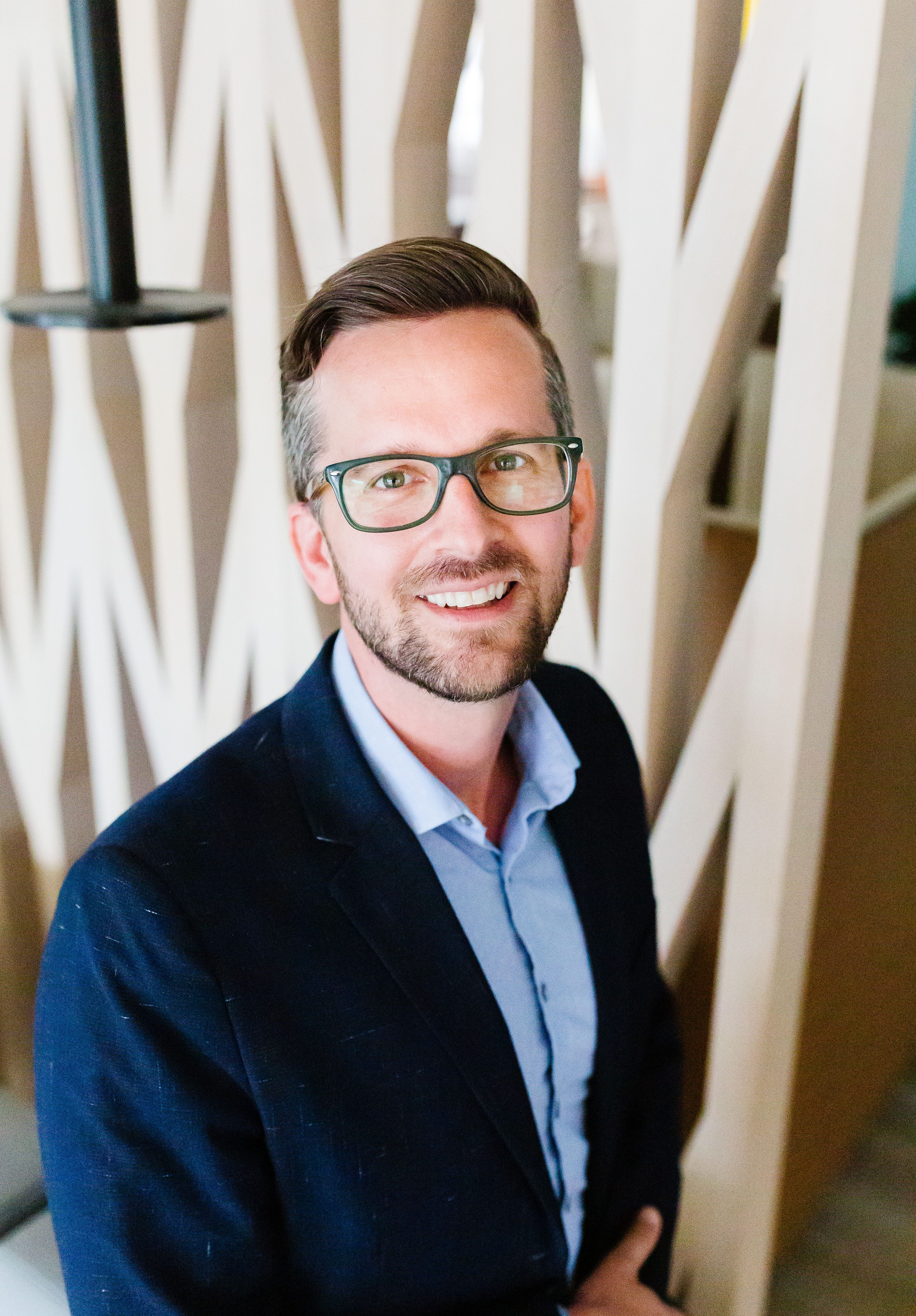
Michael Fisher has over 11 years in the industry, with more than five years at PeopleSpace. Michael helps translate an organization’s culture and business vision into strategic spatial concepts and provides advanced application design, augmented through the lens of workplace strategy and research. Michael is dedicated to interpreting workplace insights into strategies that positively impact culture and human performance. With experience in brand strategy, commercial design, and consulting, he helps our clients and partners identify and envision their optimal work environments through data-driven insights, culture mapping, and workplace analysis.
FOR MORE INFORMATION, PLEASE CONTACT
Michelle Sample
marketing@peoplespace.com

